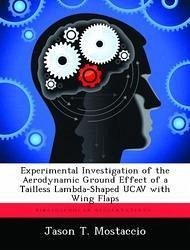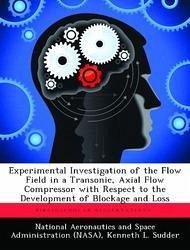Nicht lieferbar

Experimental Investigation of the Aerodynamic Ground Effect of a Tailless Lambda-Shaped Ucav with Wing Flaps
Versandkostenfrei!
Nicht lieferbar
This experimental study adequately identified the ground effect region of a lambda-shaped unmanned combat air vehicle (UCAV). The lambda planform used in this study was originally tested in a previous experiment to determine the stability and control characteristics generated out-of-ground-effect. The following study extends the existing database by analyzing the inherent aerodynamic behavior that is produced by employing trailing edge flap deflections while flying in-ground-effect (IGE). To accomplish this objective, static ground effect tests were performed in the AFIT 3' x 3' subsonic wind ...
This experimental study adequately identified the ground effect region of a lambda-shaped unmanned combat air vehicle (UCAV). The lambda planform used in this study was originally tested in a previous experiment to determine the stability and control characteristics generated out-of-ground-effect. The following study extends the existing database by analyzing the inherent aerodynamic behavior that is produced by employing trailing edge flap deflections while flying in-ground-effect (IGE). To accomplish this objective, static ground effect tests were performed in the AFIT 3' x 3' subsonic wind tunnel where a ground plane was used to simulate the forces and moments on the UCAV IGE. Removable aluminum flap pieces were attached to the model, in a split flap configuration, along the midboard and outboard trailing edges of the UCAV, and the corresponding IGE data was collected for symmetric and asymmetric deflections of +10o and +20o. Based on the results of this study, the ground effect region for the lambda UCAV, with flaps deployed was characterized by an increase in the lift, a reduction in the induced drag but an increase in the overall drag, and an increase in the lift-to-drag ratio. These trends were noted in previous ground effect studies for aircraft with trailing edge flaps, and similar aspect ratios and wing sweep. Additionally, a flow visualization analysis revealed that a vortical flow pattern, that is characteristic of delta wing configurations, developed over the upper surface of the wing at high angles of attack.











![The Psychology of Learning [electronic Resource]: an Experimental Investigation of the Economy and Technique of Memory Cover The Psychology of Learning [electronic Resource]: an Experimental Investigation of the Economy and Technique of Memory](https://bilder.buecher.de/produkte/65/65487/65487305n.jpg)
